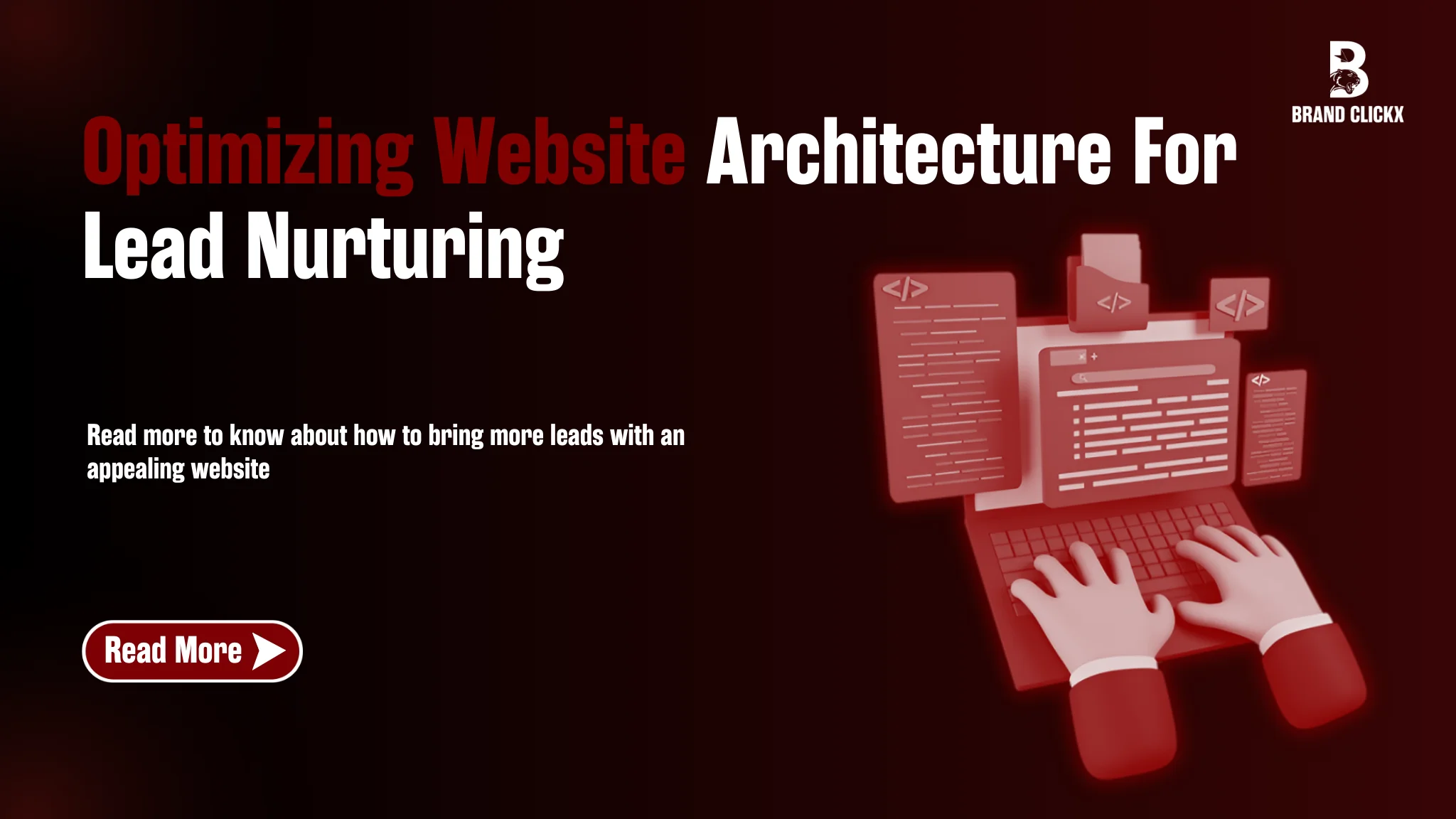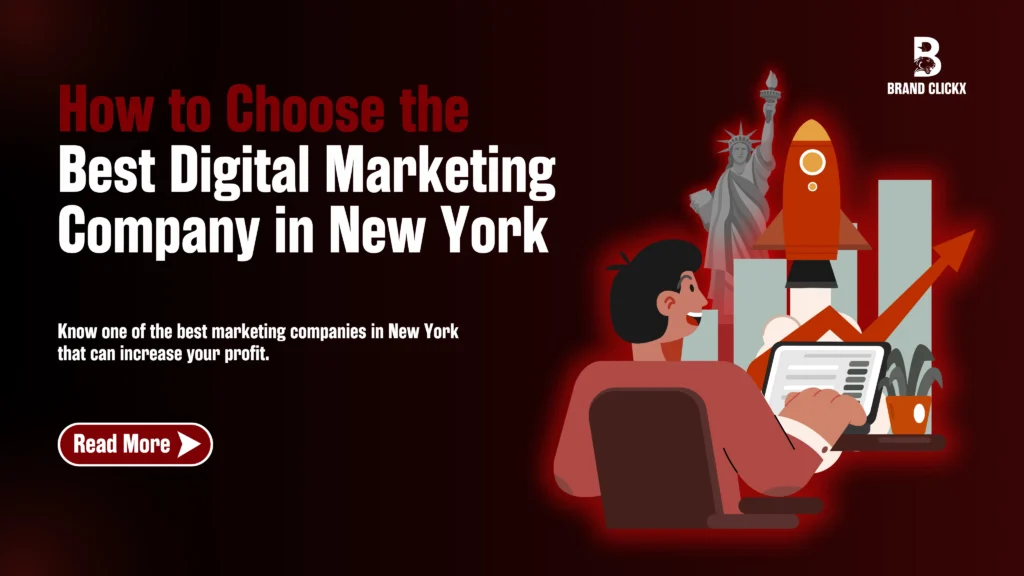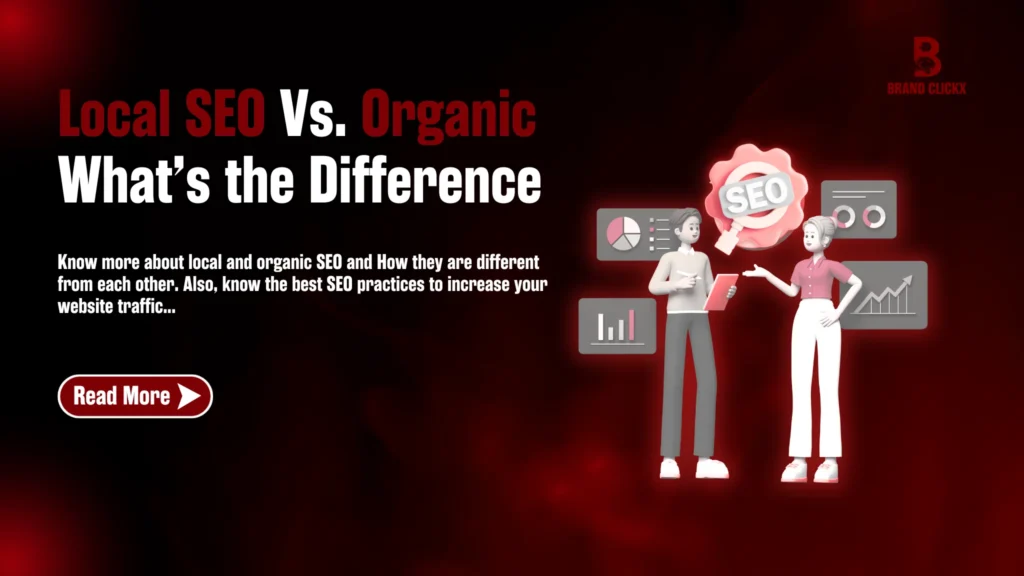To generate and grow quality leads, business owners need a well-optimized website that is not just a luxury but an essential requirement. The backbone of your website is the architecture of the website itself. Here, a strategically designed website will help people navigate without a lot of clutter, improve the user experience, and search engine ranking and eventually help you with a higher conversion rate.
In this guide, we are going to dive into optimizing website architecture for lead nurturing, making sure that every interaction helps to achieve the business goals.
Understanding the Role of Optimizing Website Architecture for Lead Nurturing
Website architecture refers to the hierarchical structure and organization of web pages within a site. A well-made website structure makes sure that users can come to find the information they need quickly and also it makes search engines capable of crawling and indexing content easily.
An optimized website architecture contributes to lead nurturing in several key ways:
- Improved User Experience (UX): It helps to have a clean and easy structure that visitors can easily browse your site, which reduces frustration and bounce rates.
- Enhanced Search Engine Optimization (SEO): Search engines find search engines that have good internal web linking structures, and they appear to show up more on search engine result page results.
- Stronger Lead Nurturing Capabilities: With the world of call to action, form and content personalization so ingrained into the design of your website, you need your calls to action to lead visitors to conversion.
- Faster Page Load Speeds: Good architecture does not have unnecessary scripts, uses good images that optimize for speed, and thus, provides a smoother user experience as well as increases engagement.
- Increased Mobile Friendliness: Having a responsive design and a structured design plays a crucial role in keeping a consistent experience for all users, as more and more users browse on mobile devices.
A website with a good plan around it should attract visitors but then give them a pathway which is clear and engaging so that they can move from awareness to decision-making.
Read more to know about how to create interactive websites for better user engagement
Structuring Your Website for an Optimized User Journey
Logical Navigation with a Clear Hierarchy
The structure of a website can be very logical and simple with a well-defined hierarchy. Information should be available to visitors quickly, with few clicks and little additional complexity.
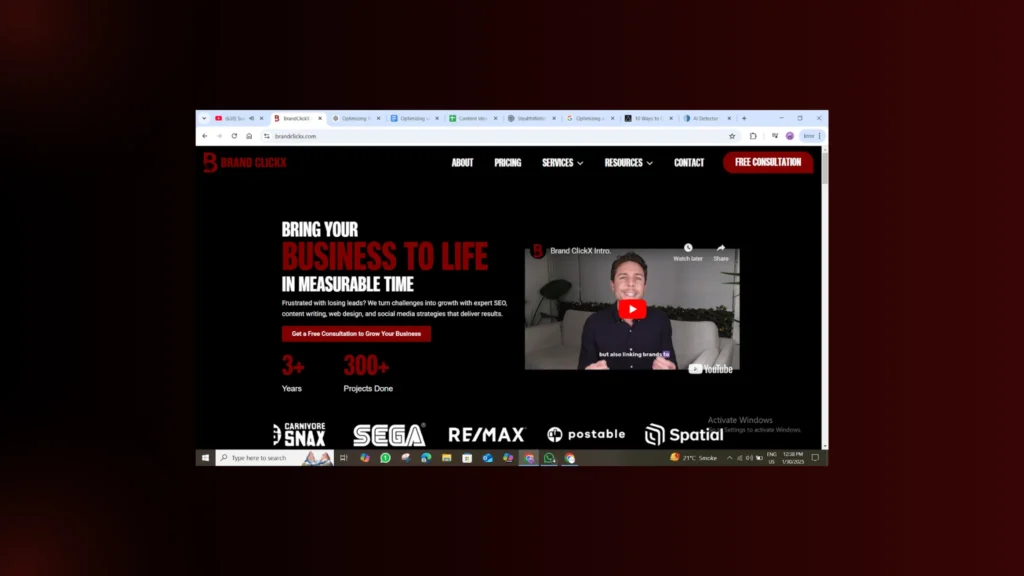
- Clear Main Menu: Only the most important pages that are part of the main ‘flow’ of your site should appear in the primary navigation of your website, which includes Home, About Us, Services, Blog, Contact pages etc. It’s a good idea to avoid adding too many options to the menu so that visitors are not further confused.
- Breadcrumb Navigation: Using Breadcrumb Navigation gives users insight into where they are on your site and allows them the ability to easily backtrack, increasing usability.
- Internal Linking Strategy: Add an internal linking structure which nudges users to valuable content. This also helps keep your audience engaged on the blog post and eventually turns into acquiring customers.
- Mega Menus for Large Sites: A mega menu can make navigating your website easier if it presents multiple categories listed in a structured subcategory so there are fewer clicks to selecting whatever you are looking for.
A good site structure should be the roadmap of visitors taking them smoothly from the landing page to deeper engagement and conversion points on your site.
Optimizing the Homepage for First Impressions
It’s a very important space of engagement since your homepage is often the first point of interaction with potential leads. A well-optimized homepage should:
- Communicate Value Proposition: Within seconds of visiting your site, visitors should know what your business sells and how that helps them.
- Incorporate a Strong CTA Above the Fold: Whether your CTA is requesting a free consultation, eBook download or a demo request make sure it’s in!
- Use High-Quality Visuals & Minimalistic Design: Get rid of clutter, but keep the focus on a clean design with high-resolution images or videos that capture your brand message.
- Feature Social Proof & Testimonials: Reviews of your work, success stories or industry recognitions are great ways to build credibility and engage.
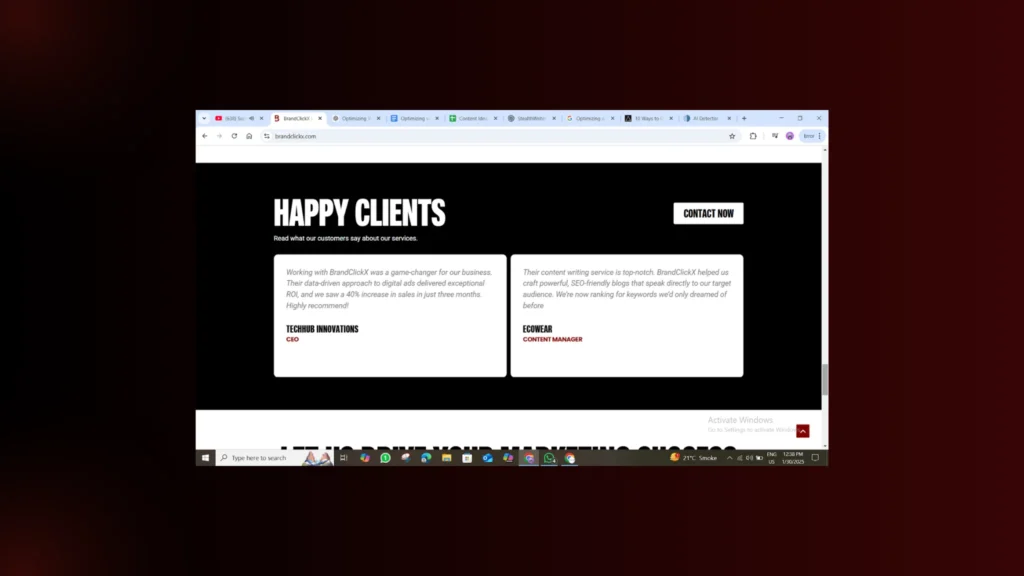
- Include Easy-to-Access Navigation Links: Make sure your website homepage can draw visitors to the most important parts of your website as quickly as possible.
A well-structured homepage is a launching pad which points the way to meaningful interactions that convert.
Creating a Conversion-Focused Content Structure
Implementing Topic Clusters & Pillar Pages
Lead nurturing is about content organization too. Establishing authority whilst keeping the users engaged is one of the best ways to do that; the topic cluster model is the best way to do so.

- Pillar Pages: They are full pages explaining in depth a wide topic. And these are kind of like the hub for other subtopics.
- Cluster Pages: Deep pages, supporting pages, which will link back to the keyword page to give more details in specific areas of the topic.
Let’s say you’re in business selling digital marketing, your ‘Ultimate Guide to Lead Generation’ could be a pillar page with linked cluster articles: ‘Email Marketing Strategies for Lead Generation’, ‘SEO Best Practices for Lead Generation’ and ‘Social Media Lead Nurturing Techniques’.
A properly put-together content strategy will not only help SEO but will also serve as a helpful framework for users to go through, adding to their engagement and making them more likely to convert.
Also, know about using content to nurture leads
Landing Pages Designed for Lead Capture
With landing pages being dedicated conversion points, they have to be part and parcel of lead nurturing. Each landing page should be:
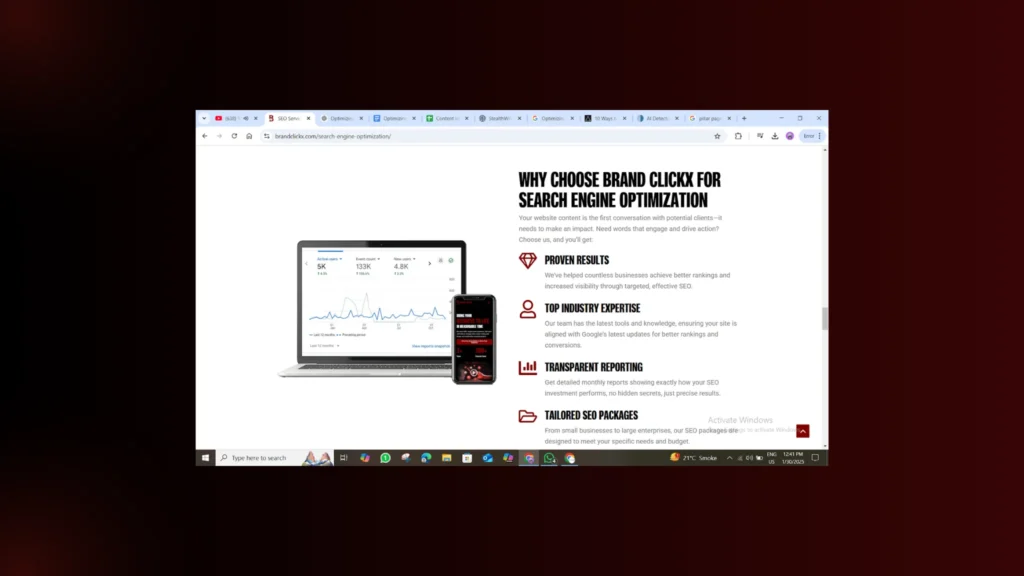
- Highly Targeted: Tailoring your messaging to a particular audience that you want your message to reach.
- Visually Appealing: Wave your hands in the air and you’ll see it—using persuasive design elements to highlight the CTA because seeing is believing.
- Optimized for Conversions: Short forms reduce friction, reducing the amount of information we ask for to be filled in.
- A/B Tested: Repeating the experiment of creating headlines, captions or CTAs testing their performance regularly.
Enhancing Lead Nurturing with UX & Marketing Automation
Mobile Optimization & Page Speed Enhancements
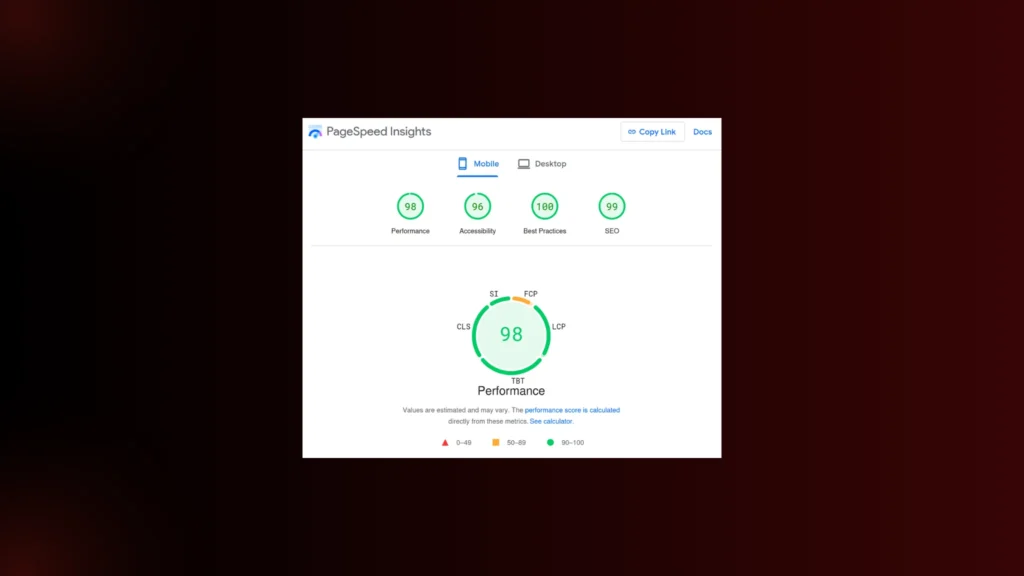
As a significant part of web traffic is from mobile devices, it’s a point that is no longer negotiable: mobile responsive. Key optimizations include:
- Ensuring Responsive Design: The site should seamlessly adapt to different screen sizes.
- Optimizing Page Load Speeds: Image compression, caching and reducing the number of unnecessary scripts.
- Simplifying Forms: Short and easy to fill with Autofill capabilities tend to suit mobile users the most.
Know about some of the best plugins to use for website speed
Marketing Automation & CRM Integration
Automation tools can streamline lead nurturing and improve conversions:
- Email Drip Campaigns: Enable users to automate follow-up sequences based on their behaviour.
- Chatbots & AI Assistants: Provide real-time assistance to visitors.
- Lead Scoring & Segmentation: Rank leads by engagement score to determine the quality of high-scoring leads.
- Retargeting Strategies: Provide relevant ads for users who had a conversation with your site, but haven’t converted.
Final Thoughts
Optimizing website architecture for lead nurturing is a complex exercise that includes logical structuring, engaging content, mobile friendliness, and marketing automation. Implementing these strategies will result in the creation of a smooth flow experience not only to attract all your visitors but also to guide them through a path to conversion.
If you want to create long-term success in digital marketing and lead generation, BrandClickX can help you with that!
Contact us to discuss more!
FAQs
1. What is optimizing website architecture for lead nurturing?
Optimizing website architecture for lead nurturing refers to structuring your website in a way that enhances user experience, improves navigation, and strategically guides visitors through the sales funnel. This includes intuitive design, clear CTAs, internal linking, and content personalization to convert leads into customers.
2. Why is optimizing website architecture for lead nurturing important?
Optimizing website architecture for lead nurturing is crucial because it ensures a seamless user journey, reduces bounce rates, and increases engagement. A well-structured website helps capture leads, nurture them with relevant content, and drive them toward conversions more effectively.
3. How does optimizing website architecture for lead nurturing improve conversions?
Optimizing website architecture for lead nurturing improves conversions by creating a logical flow that directs visitors toward valuable content, lead magnets, and conversion points. A structured layout, fast loading speeds, and mobile-friendly design encourage visitors to take action, boosting lead generation.
4. What are the key elements of optimizing website architecture for lead nurturing?
The key elements of optimizing website architecture for lead nurturing include:
- A clear navigation structure
- Strategic internal linking
- Mobile responsiveness
- Fast-loading pages
- CTA placements
- Personalized content pathways
Each of these factors helps create a seamless experience that nurtures leads effectively.

